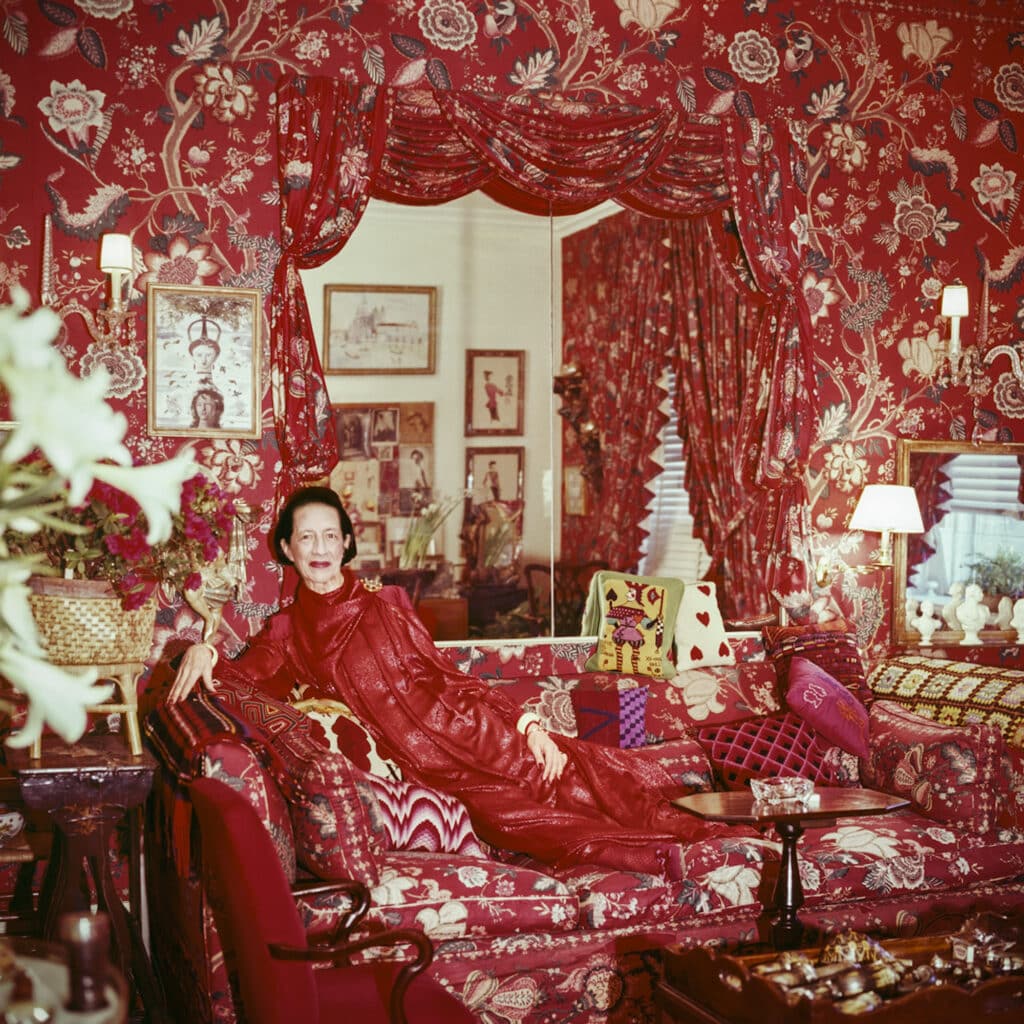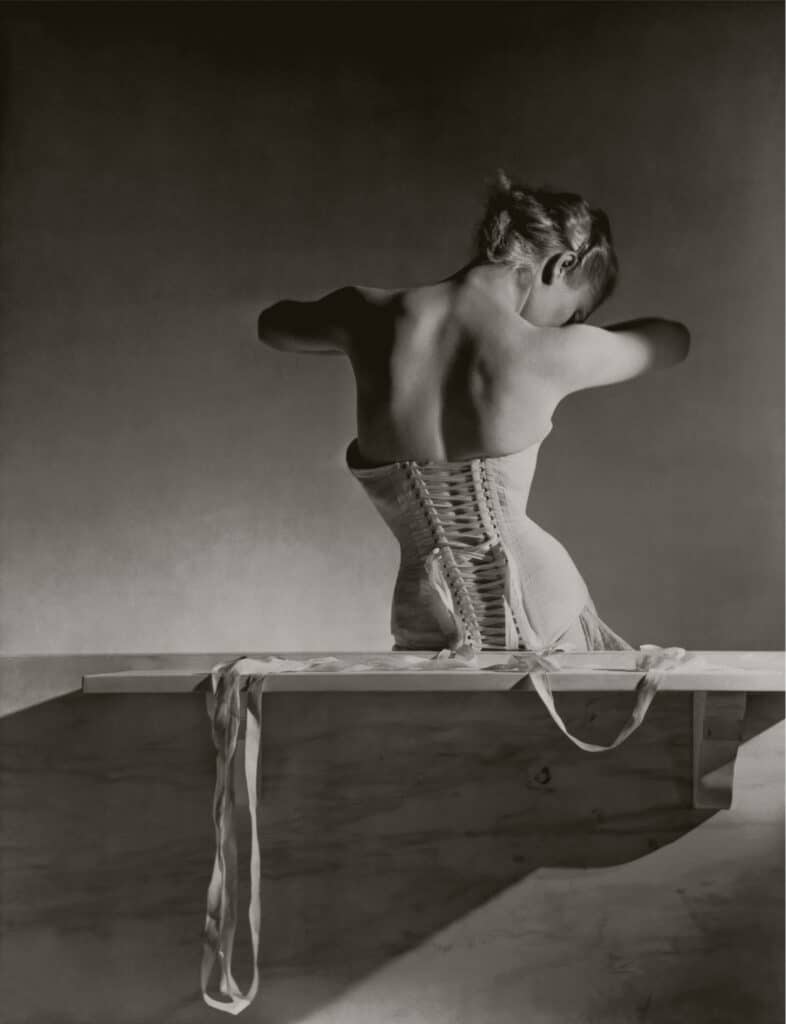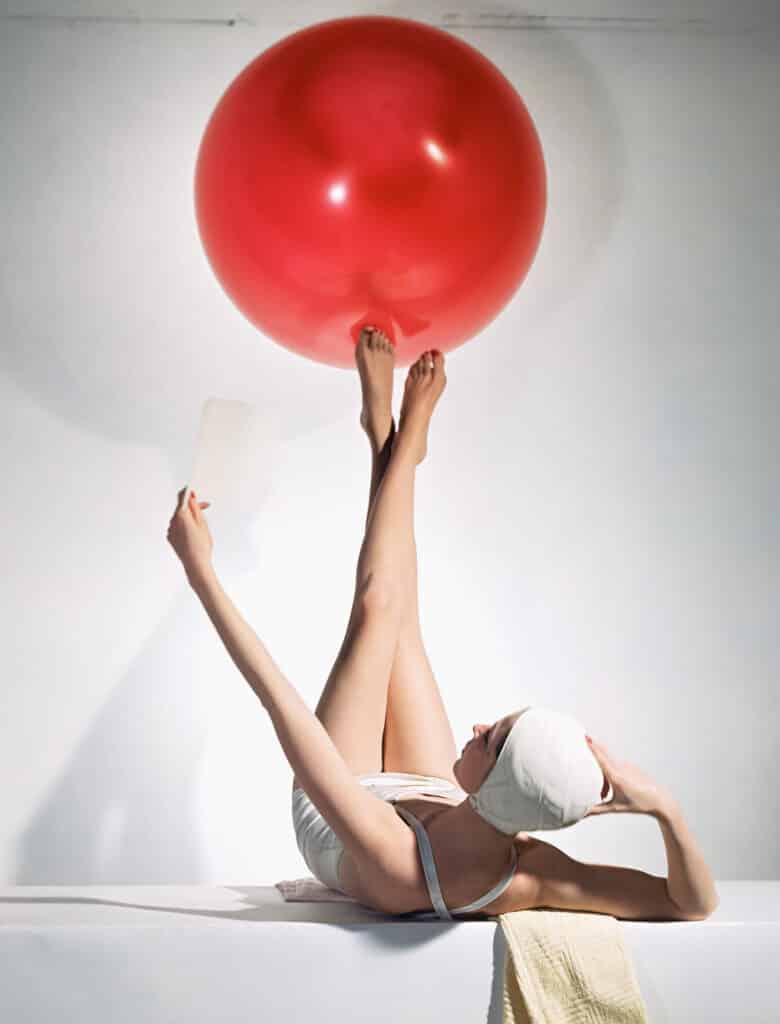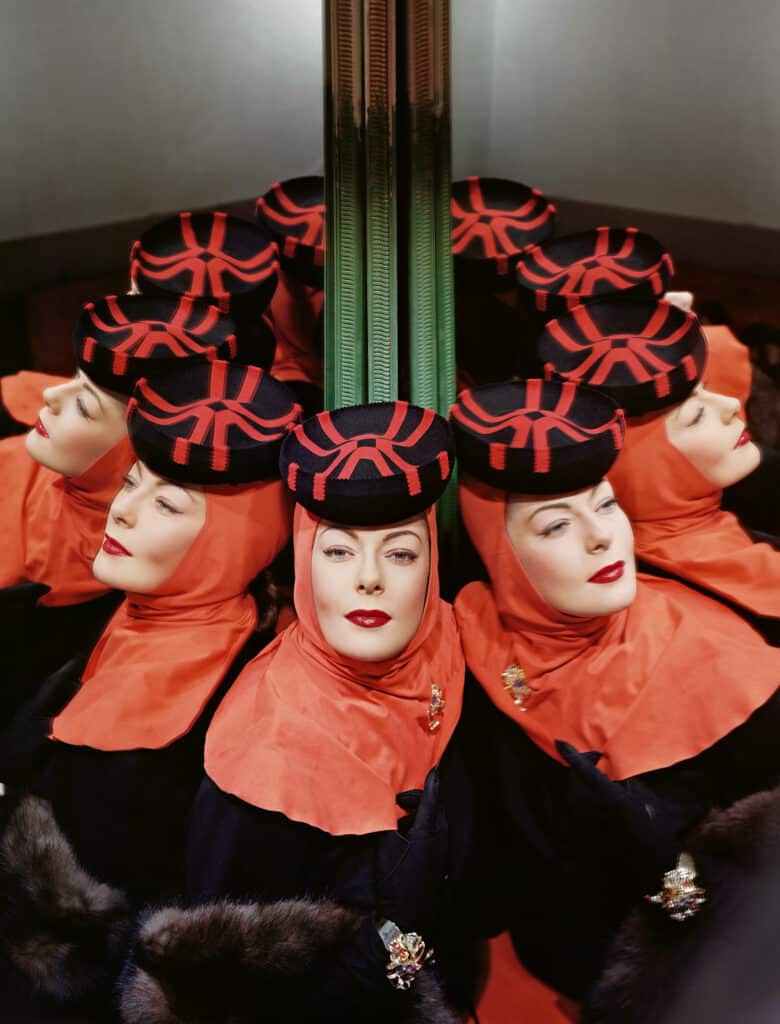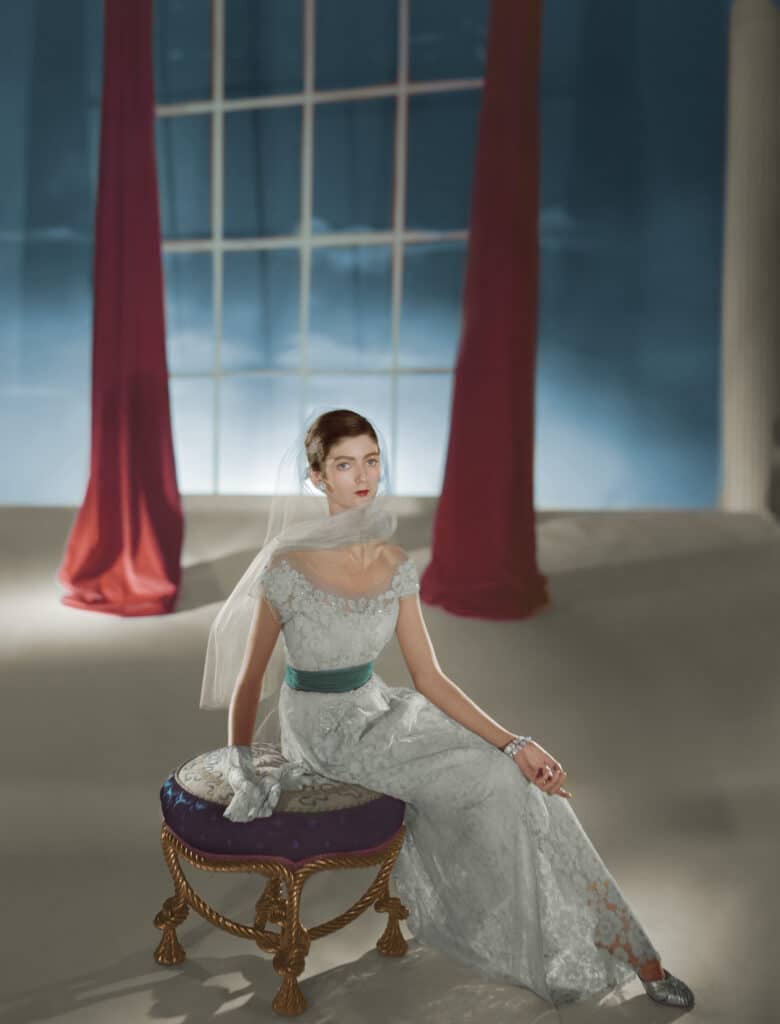“Fashion is an expression of the times. Elegance is something else again,” Horst P. Horst (1906–1999) famously said, his photographs both defining and transcending the era in which he worked. With a career spanning seven decades, Horst shaped the 20th century as few others could, his fashion and portrait photography setting the high water mark.
The new exhibition, “Horst P. Horst: Essence of the Times“, chronicles the photographer’s singular gift for using light and shadow as a sculptor wields a hammer and chisel. Bringing together more than 80 works, including portraits of luminaries like fashion doyenne Diane von Furstenberg, designers Coco Chanel, Gloria Vanderbilt, Elsa Schiaparelli, Elsa Peretti, Patrick Kelly, Yves Saint Laurent, Karl Lagerfeld, and Halston, and actors Vivien Leigh and Marlene Dietrich, Essence of the Times explores the ways in which Horst mastered the formal qualities of photography to blur the boundaries between art, commerce, and style.
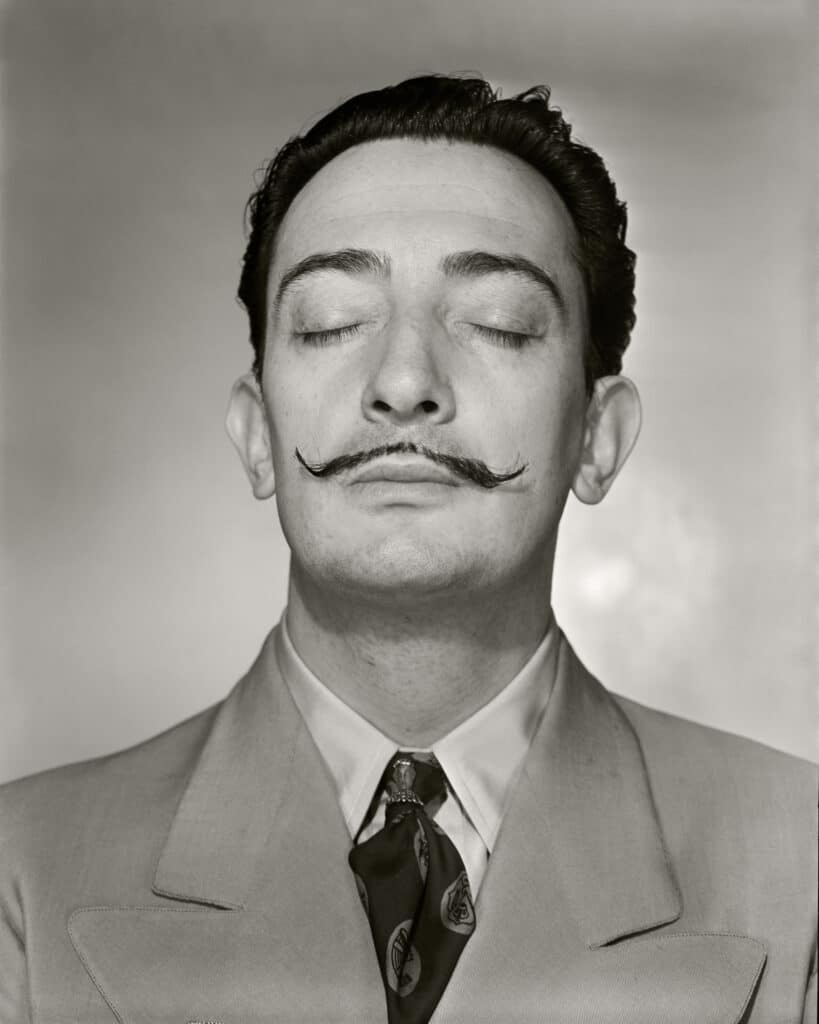
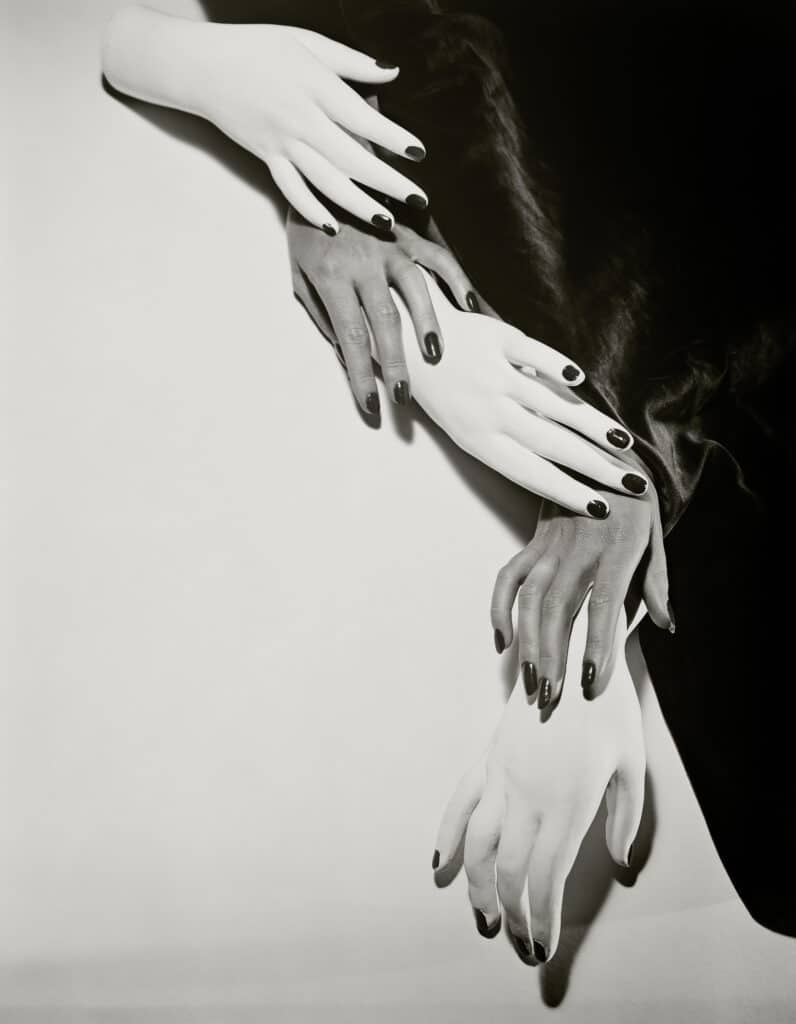
Recognizing that a great image takes time to create, Horst adapted the traditions of portrait painting to the photograph. For a 1935 sitting with the Comtesse de la Falaise for French Vogue, he told his biographer and life partner Valentine Lawford, ”To get this shot, it took two days. It was the idea that counted then, not the sort of nervous rush they work in today.”
Horst P. Horst: Elegance for the Modern Age
Born Horst Paul Albert Bohrmann to a prosperous bourgeois family in present day Saxony-Anhalt, Germany, Horst P. Horst would later change his name to distance himself from Martin Bormann, head of the Nazi Party Chancellery and one of Adolf Hitler’s closest lieutenants. In 1930, Horst traveled Paris to apprentice with celebrated architect Le Corbusier, but fate had other plans for the young artist. In pre-war Paris, Host enjoyed a charmed life, moving through artistic circles that included icons like fashion designer Coco Chanel, film star Marlene Dietrich, and playwright Noël Coward — all of whom helped define the iconography of glamour, style, and elegance for a truly modern age.
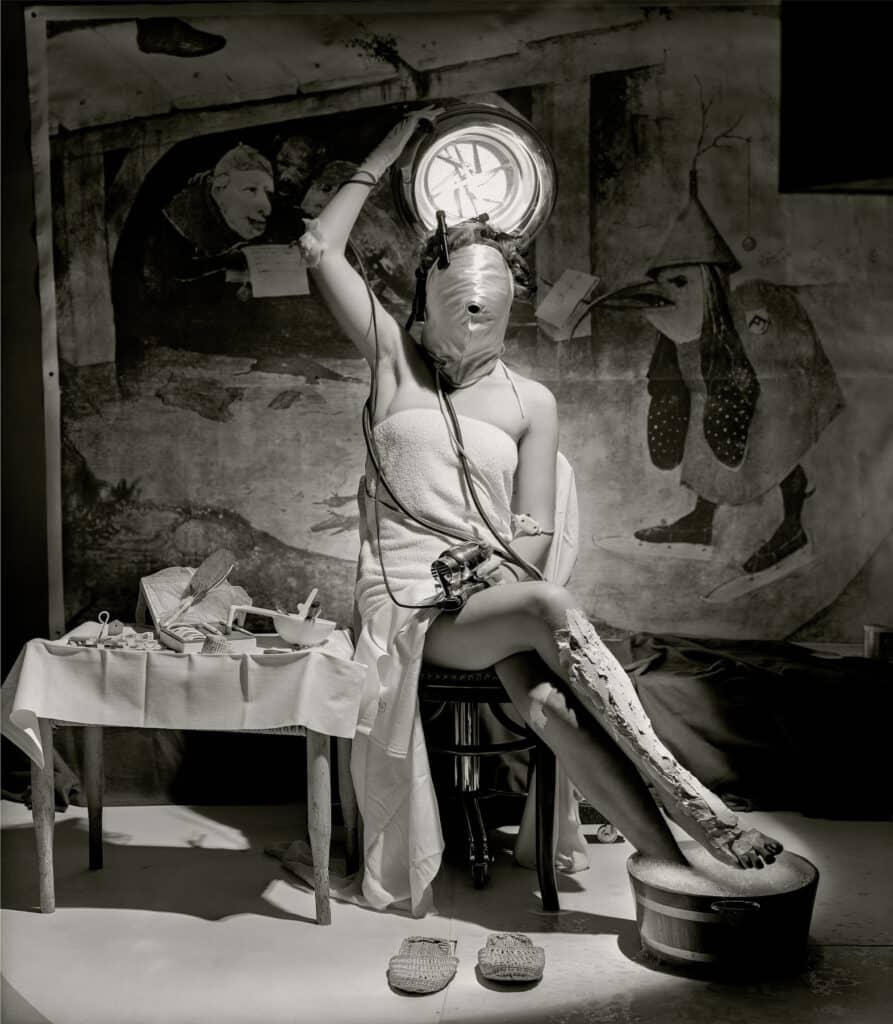
In Paris, Horst met Vogue photographer Baron George Hoyningen-Huene, the son of a Russian aristocrat, and began working as his assistant, sometimes model, and paramour. In December 1931, Horst published his first photograph, a full-page ad for Klytia parfum in French Vogue, and by the following year he was exhibiting at La Plume d’Or in Paris. Janet Flanner reviewed the exhibition in The New Yorker, putting Horst on the map. In 1935, Horst became Photographer in Chief at Vogue after Hoyningen-Huene left, embarking on a three-decade partnership that would transform the language of fashion and portrait photography forevermore.
All That You Leave Behind
In the summer of 1939, Horst P. Horst arrived in the United States, a country he would call home until his death in 1999. Shortly before departing, he created his final image in France, Mainbocher Corset, published in French Vogue that December. The black and white photograph of Madame Bernon seen from the back, her corset unraveling, has become one of the artist’s most iconic works. Horst later revealed that the “lighting is more complex than one thinks. There appears to be only one source of light. But there were actually reflectors and other spotlights. I really don’t know how I did it. I would not be able to repeat it.”
The risqué image was ripe with a sensuality and eroticism far ahead of the times — making it the perfect image for Madonna to reinvent in the groundbreaking video for her 1990 hit Vogue, a pop ode to the intersection of ballroom culture, high fashion, and Hollywood glamour. For Horst, the photograph symbolized the end of an era that had transformed his life and set him on a journey halfway around the globe.
“While I was taking it, I was thinking of all that I was leaving behind,” Horst said, knowing the world he knew would never be the same. “I was very sad, you know, going—leaving Paris and you feeling the war’s gonna come. We talked about leaving, and the girl was crying and all that. And then I undid her corset a little bit with the strings out. And that’s the picture, you know, ’cause it was a farewell to France.”
A Room of Their Own
In 1941, Horst P. Horst became a U.S. citizen and went on to enjoy the next five decades as one of photography’s greatest innovators of the twentieth century. When his fashion career began to wind down in the 1960s, as the genre moved away from the formal language of glamour photography and embraced a more fluid and free style, Vogue editor Diana Vreeland encouraged Horst to bring his talents to creating portraits of high society.
Horst was the perfect photographer to create environmental portraits of the world’s upper crust, recognizing that the details of their living and working spaces were imbued with deep and revelatory personal details. He photographed Vreeland in a symphony of red-on-reds in her Henri Matisse style interior; Diane von Furstenberg in her landmark wrap dress, draped across a sumptuous sofa underneath her Andy Warhol triptych; and Halston clad in all black, posing in the window of his fabled Olympic Towers office, as much a part of the 1970s New York skyline as St. Patrick’s Cathedral.
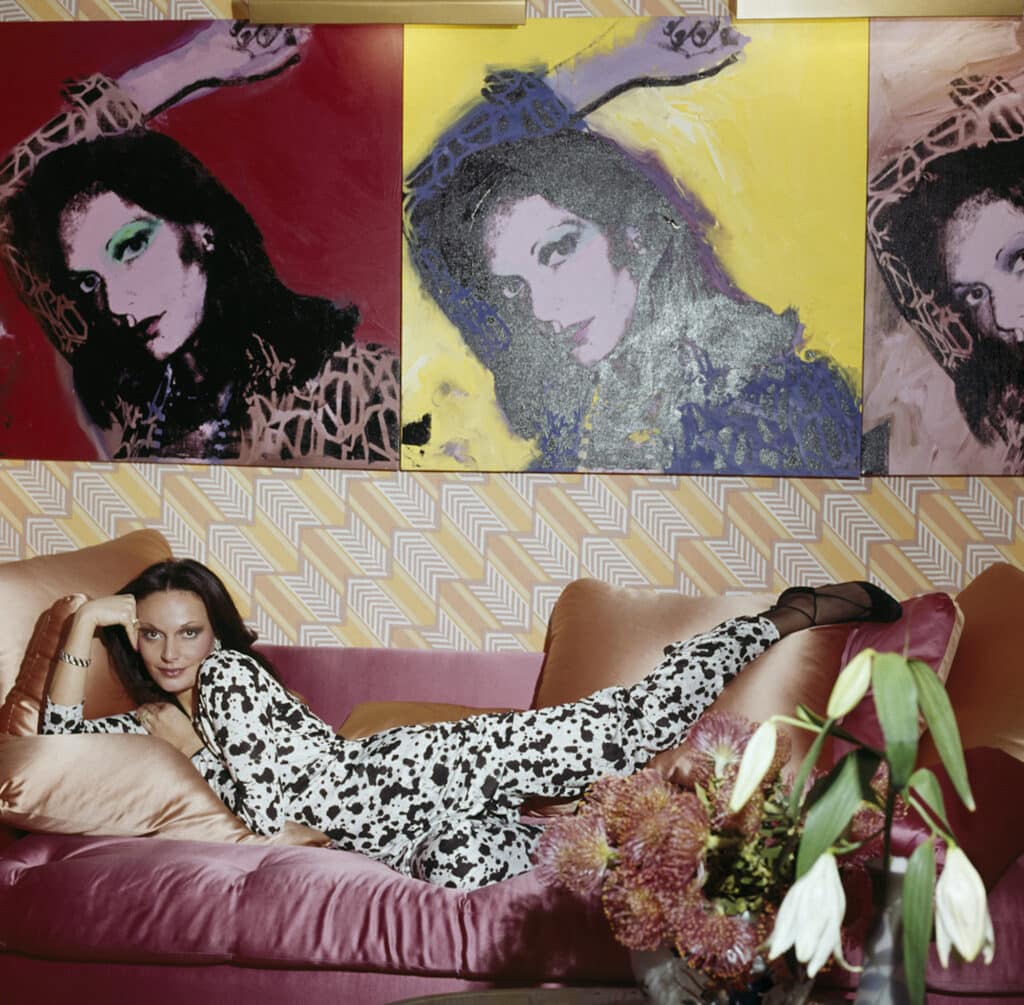
In the foreword to Vogue’s Book of Houses, Gardens, People, a 1968 volume of Horst’s portraits with essays by Valentine Lawford, Vreeland wrote, “Few things, are more fascinating than the opportunity to see how other people live during their private hours — in the rooms they love, in the gardens they have planted, among their personal possessions, pursuing their favorite interests, enjoying their special comforts, organizing their domestic arrangements to fit the pattern of their individual lives.”
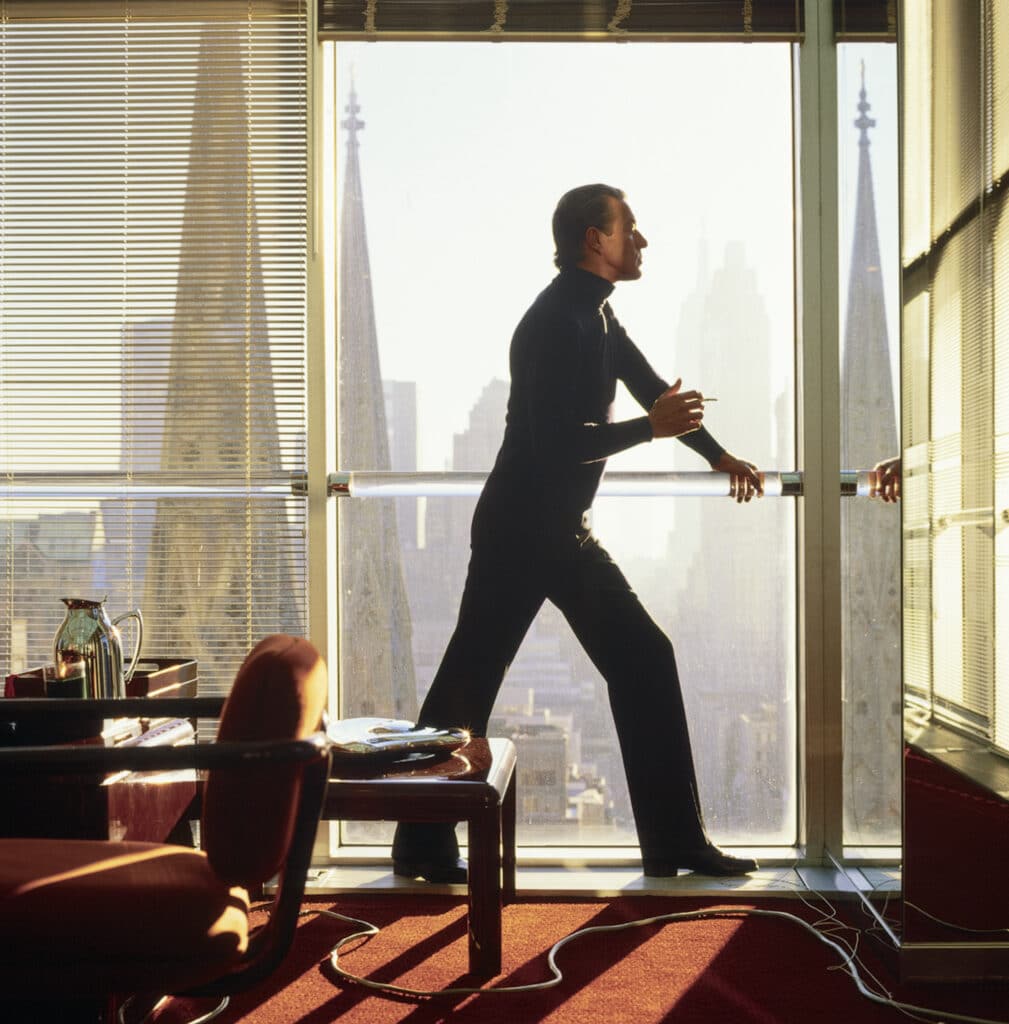
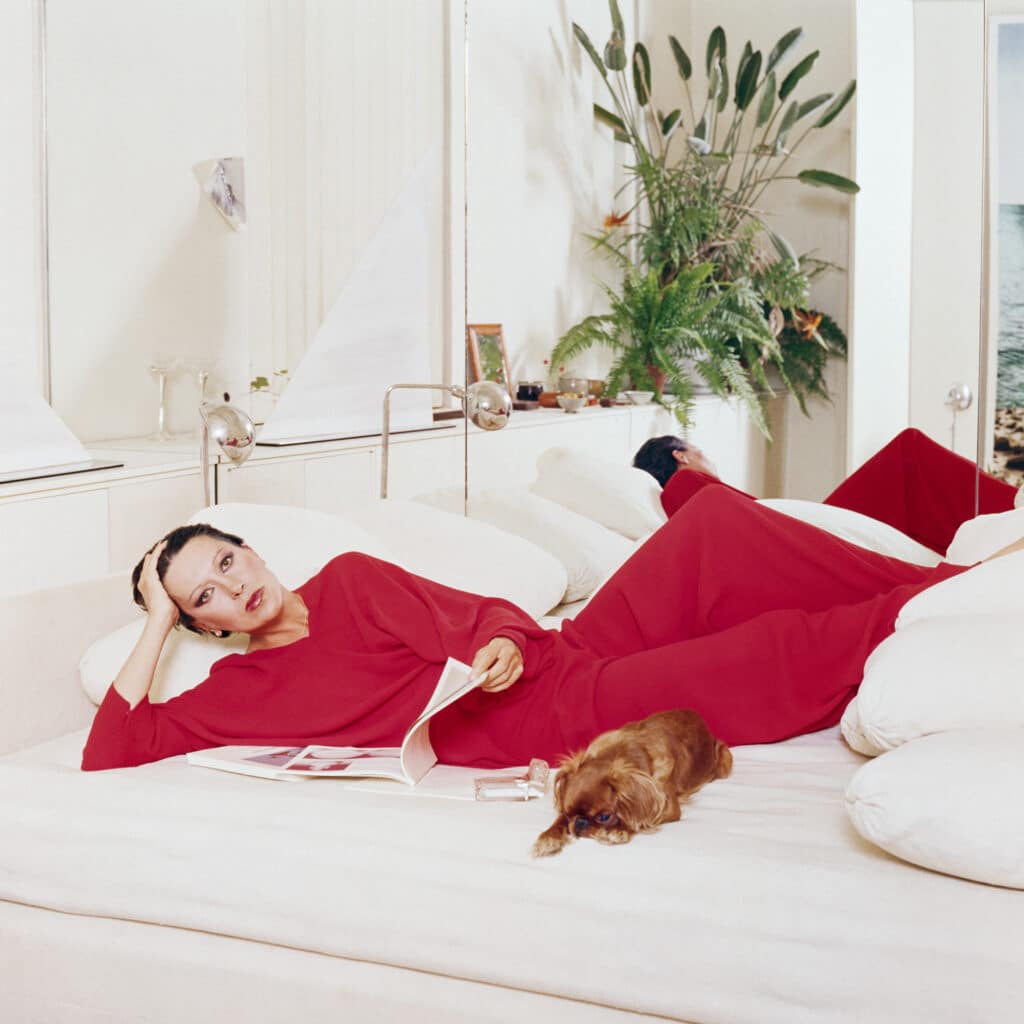
Horst P. Horst: Essence of the Times is on view through April 16, 2023 at the SCAD FASH Museum of Fashion + Film in Atlanta, Georgia.
